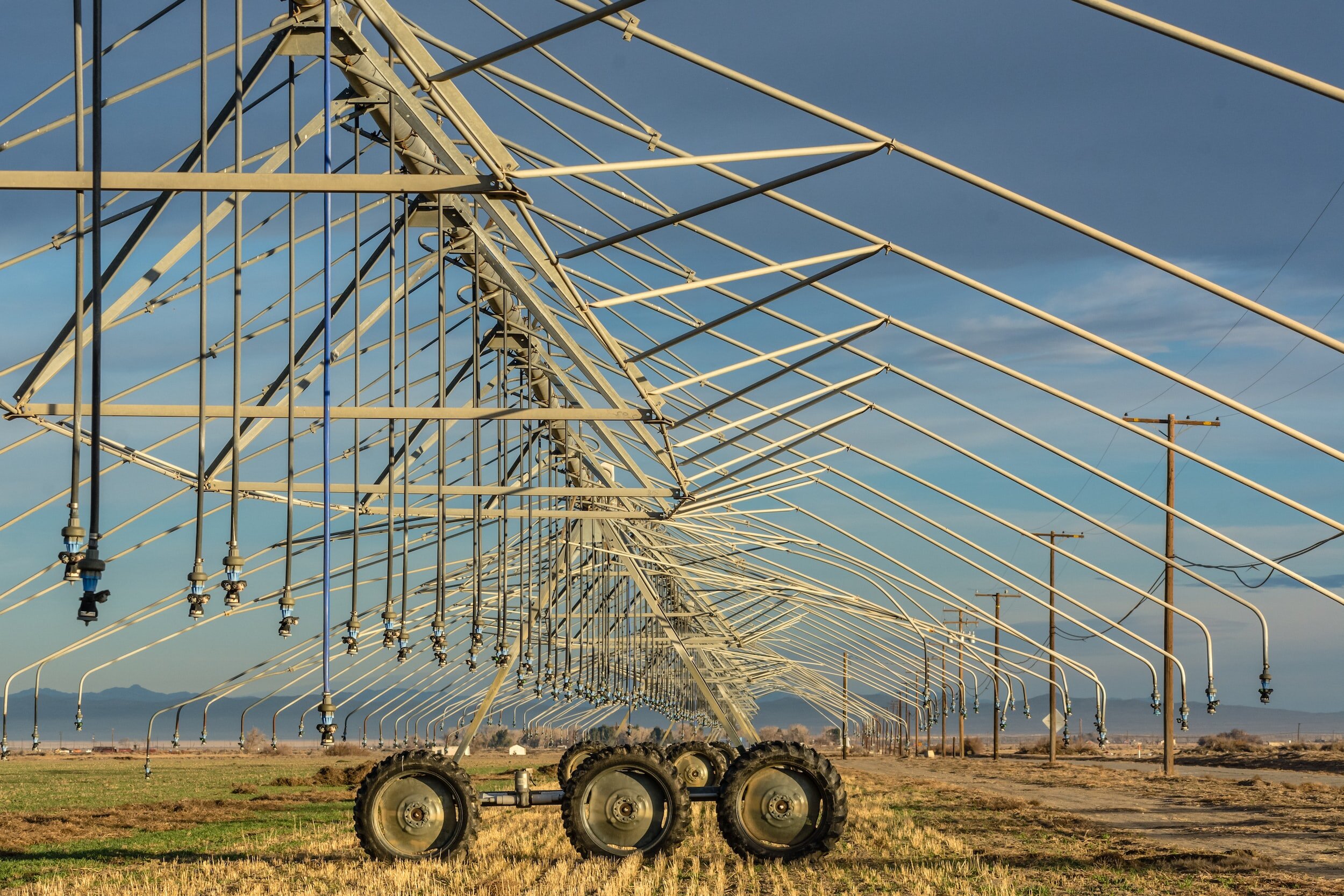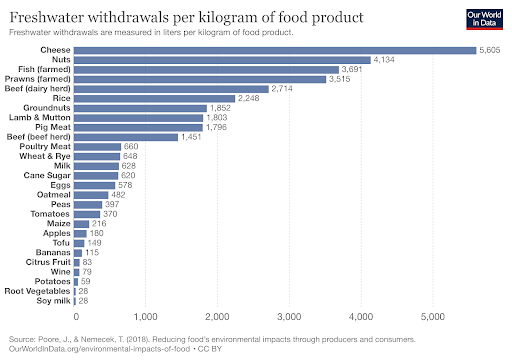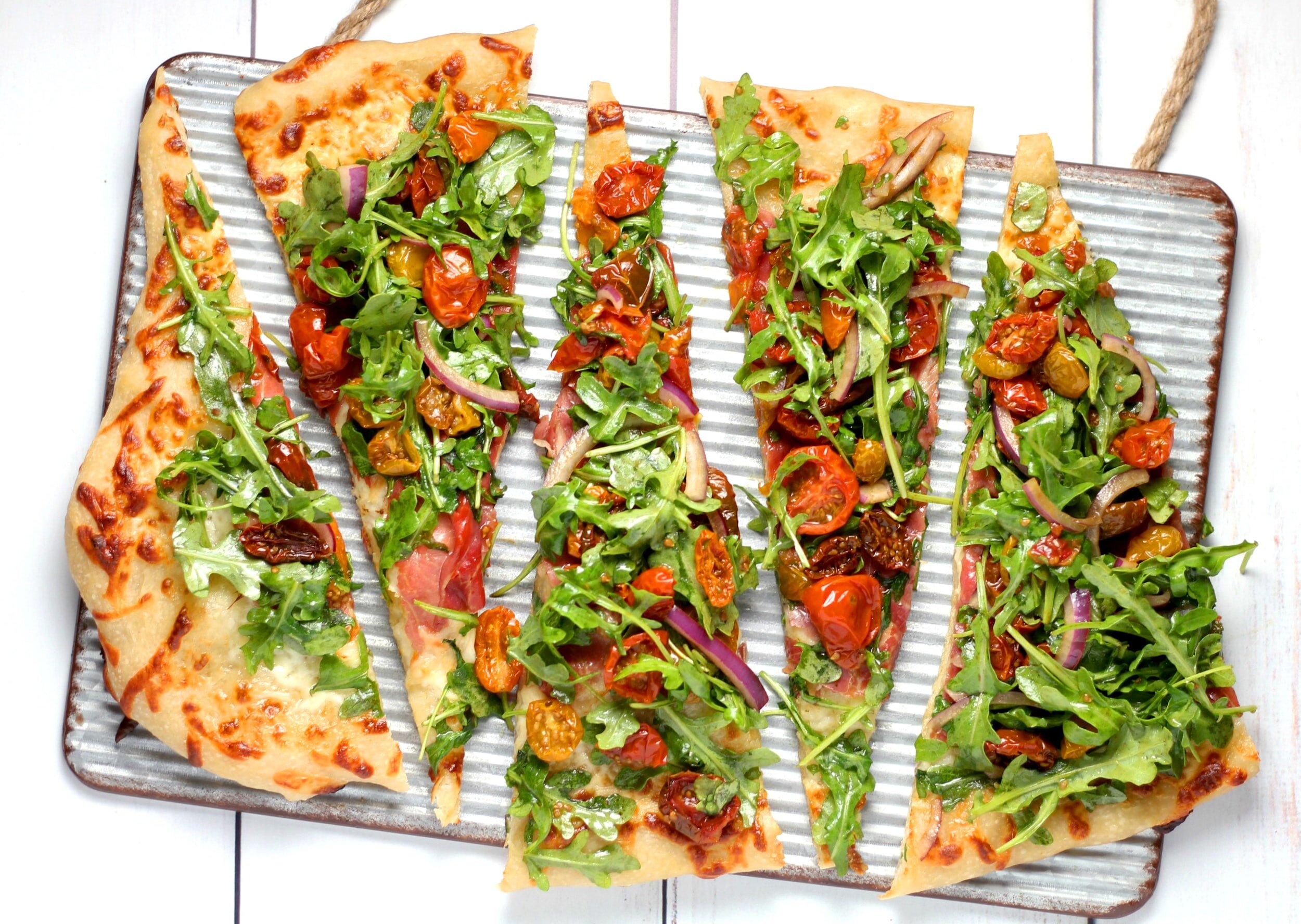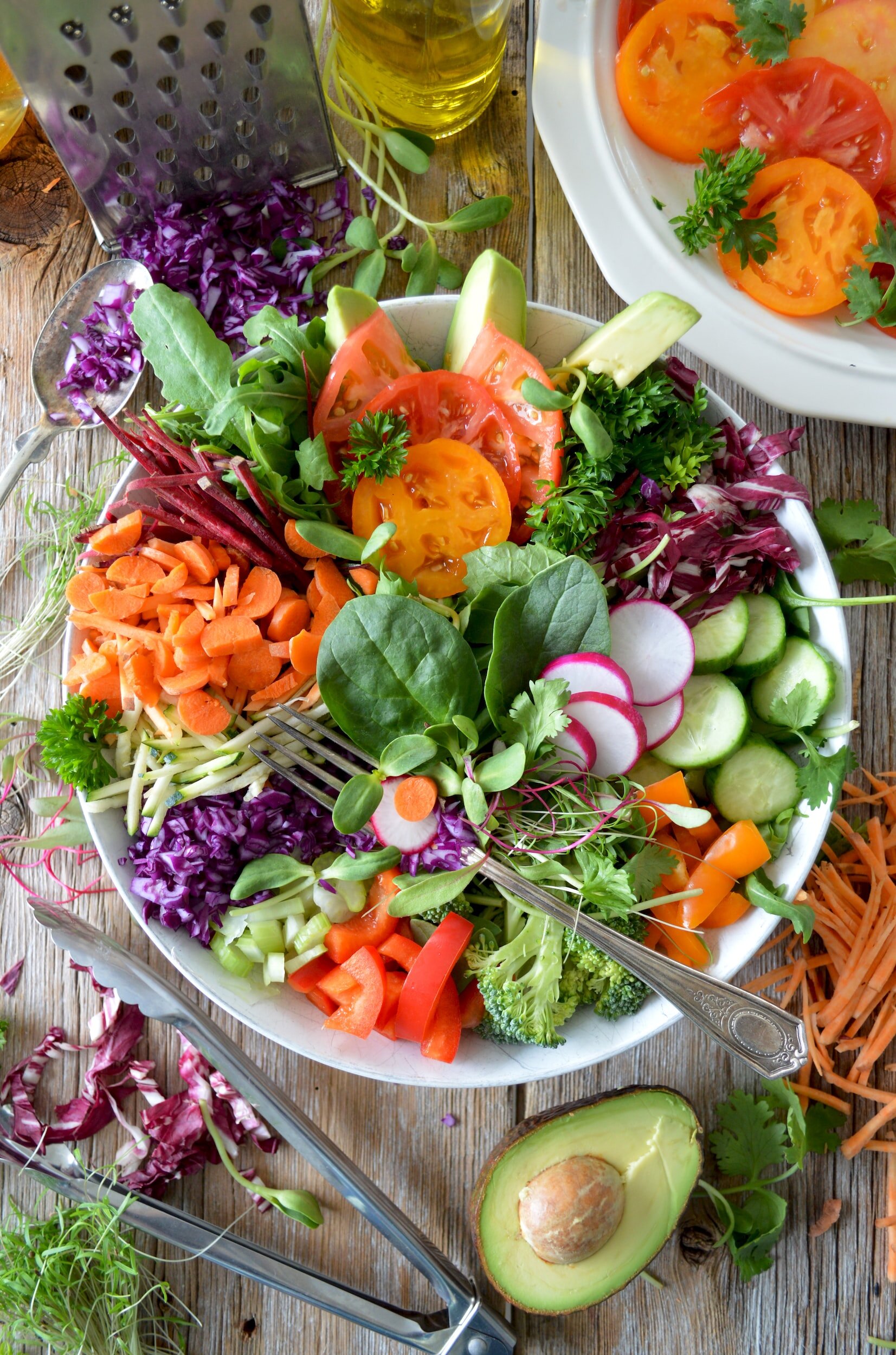The facts.
-
Water covers 70% of the planet, yet only 3% of the earth’s water is freshwater and only a third of that is available to us (a large amount is stored as glaciers).
-
Fresh water is a fixed resource and all of us on the planet share the finite supply
-
Most of the water used by humans comes from rivers and groundwater and is recycled through the environment.
-
Precipitation (ie. rain, and snow) is the main way that the water in the air becomes available to us, where it fills the lakes and rivers, recharges the underground aquifers, and provides drinks to plants and animals.
-
Between 1900 and 2000, the world’s population quadrupled (4x) but the demand for water increased 8x. By 2050, it is estimated that this demand will increase by another 55%.
The United States is the highest consumer of water per capita in the world.
Our population is a quarter that of China’s but we consume more water than China.
Currently, nearly 500 million people face water scarcity all year long.
As of 2020, about 2.1 billion people worldwide lack access to safe drinking water or reliable water service.
The big picture.
When it comes to universally loved foods, few can top the mouth-watering delight that is pizza. From its gooey, melty cheese to its savory toppings and crispy crust, it’s no wonder that pizza is a beloved favorite for all ages. In fact, some enthusiasts may even argue that pizza deserves a category all its own! So… how is eating pizza related to water waste? Whether you’re a water conservation expert or a concerned citizen, here’s everything you need to know to get up to speed on the water crisis that could change our world forever.
How does water waste tie to pizza?
Water is not just a basic necessity for human survival, it’s a fundamental human right that many are still denied. Particularly for women and children, the lack of access to clean drinking water is a daily struggle that affects their health and well-being. In fact, women and girls spend an estimated 200 million hours every day collecting water for their families, putting them at a severe disadvantage. Meanwhile, children are often the most vulnerable to diseases caused by contaminated water, leading to tragic consequences like illness and even death.
Agriculture is one of the most significant sources of global water usage. In fact, 70% of all freshwater is used for agriculture and agriculture also takes up about 50% of all habitable land. Meanwhile, only 55% of all the produce is actually used for human consumption. Almost 40% is used to feed livestock for the meat and dairy industry. This water use is further complicated by the wastage of water for irrigation and runoff of pesticides and fertilizers, resulting in groundwater supply contamination.
Here is a breakdown of the amount of water used for common foods:
Can you see the connection?
According to visual economics, the average american consumes annually:
-
31.4lbs of cheese/yr = 79,999 gallons/water/yr
-
600.5lbs of dairy/yr (excl cheese) = 171,415 gallons/water/yr
Let’s take a look at it another way – something simple like a cheese pizza from Costco for dinner:
-
Costco Pizzas reportedly are made with 1.5 lbs of cheese.
-
Cheese production uses 1480.7 Gallons of water per kilogram.
-
1.5 lbs of cheese on a Costco cheese pizza means that it takes 1009 gallons of water to produce the cheese alone (not even accounting for the actual making of the pizza or other ingredients).
This is equivalent to showering continuously for 6.7 hours!
The choices.
Life-focused
If your focus is on being kind to living things, eliminate cheese & animal products.
Since so much of the water consumed goes indirectly to mass animal agriculture, water is also an animal rights issue. Eliminating cheese and animal products is important. Treatment of animals for food production is abysmal as is the treatment of the workers in slaughterhouses.
Consider making your own vegetarian or vegan pizza at home focusing on reducing your animal footprint as much as possible. Consider adding lots of vegetables for fiber and flavor. The Vegetarian pizza uses ¼ cup of Parmesan which equates to 133 gallon of water or 53 minutes of continuous showering. While the Vegan pizza uses 3/8 cup of cashews which equates to 83 gallons of water or 33 min of continuous showering.
Earth-focused
If your focus is on the earth and environment, replace pizza with a healthy salad.
Did you know that some of the most water-intensive foods we consume are also linked to various health issues, including high cholesterol, cancer, and even food poisoning?
It’s true–dairy and beef are among the worst culprits. By paying attention to our consumption of these products and making simple substitutions, we can not only help conserve water but also improve our own health and save money in the process.
One delicious and nutritious option is to replace a pizza meal with a big, healthy salad loaded with protein-rich ingredients that require less water to produce. With endless options for toppings and dressings, you can customize your salad to suit your taste preferences while still being kind to the environment and your body.
Holistic
If you are considering both a life and environmental focus, we recommend reducing your overall consumption footprint.
Water is a finite resource and like so many other things, it is getting harder to keep up with the demand from a growing population and the current path is not sustainable.
But we can take action, starting with the way we consume our pizza. By reducing our consumption of delivery and frozen pizzas, which are often transported over long distances in energy-intensive refrigerated trucks, we can significantly reduce our carbon footprint and make a positive impact on the environment.
Shockingly, animal agriculture is the largest producer of greenhouse gases that directly contribute to global warming. By reducing our animal footprint and choosing plant-based toppings for our pizzas, we can help reduce our contribution to this issue.
Time to Take Action
Do we really need all that cheese on a pizza? What about more vegetables and water-friendly ingredients which are also kind for our bodies?
What do you think?
We want to know your thoughts! This is where kindness and community come together so please don’t hesitate to share your thoughts and reflections with us. After all, these moments of connection can be powerful and transformative.
Send us an email or submit your thoughts on our contact form today – we can’t wait to hear from you!




